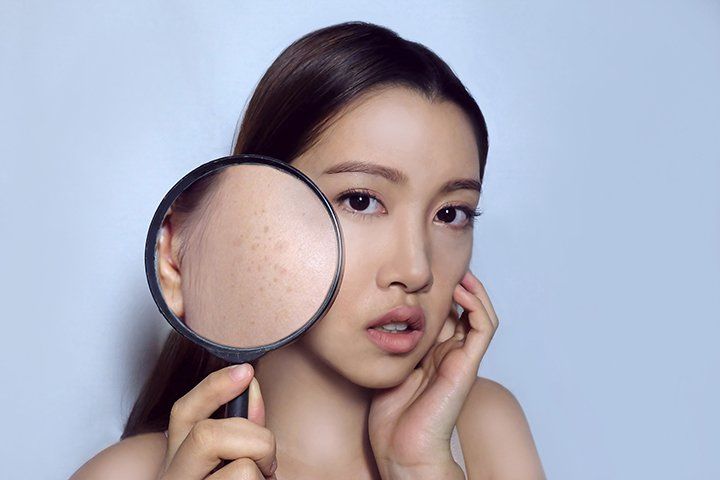
If you’ve ever tried to read the ingredient list on a product label you know how headache-inducing it can get. I admit I’ve been there myself. It can get intense with all those buzzy words and multi-syllable terms tightly packed together. Not to mention, paired with what seems like the smallest font in the world is enough to make anyone’s head spin. Forget even trying to pronounce half terms! Luckily we live in an era where consumers are raising awareness on what goes into each product especially in skincare. But if you do one google search you can get lost with new claims popping up every day. This makes it actually tough to decipher what’s actually good or bad.
Over time as I’ve educated myself more on what goes into our products I’ve found out there’s no definitive answer for what’s safe or not. However, you can go by legit studies done that suggest certain ingredients that could be causing harm. You might not even realise how common these ingredients are in the beauty products we use every single day! While some may cause mild irritation and block your way to glowing skin, some ingredients are so harsh they can cause rashes and interfere with our hormones’ normal functions. Yikes! No one wants to risk that!
Don’t freak out quite yet though! There are plenty of online sites and apps that allow you to scan a product to find out if it contains any harmful ingredients. But if you’re still finding it difficult to decipher product labels, take it easy and first check out our quick cheat sheet of ingredients you need to be wary of! So bookmark this page and give it a quick run-through before your next purchase.
Keep scrolling to check our guide to horrible skincare ingredients to stay away from:
1. Parabens
You’ve probably already heard this term floating around before, Parabens are one of the best-known no-no ingredients, and yet these preservatives are still incredibly pervasive. These preservatives are found in everything from face creams, shampoos, soaps and makeup. If it has water in it, it probably has a paraben to keep it from growing bacteria and to help increase the shelf life of products.
Usually listed under different names, you can identify them by looking out for their prefixes like methyl-, propyl-, butyl-, ethyl-, and isobutyl with the suffix paraben. Basically, If paraben is in the word, avoid it because it can cause allergic skin reactions, redness, itching, and even damage to the hormonal system.
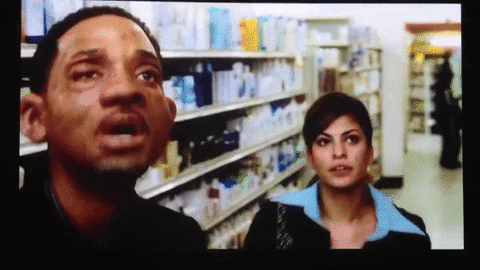
2. Triclosan
A close relative to parabens, triclosan is a preservative that acts as an antibacterial and antifungal agent as well. Triclosan is one many of us have been heavily exposed to in recent months. Found in antibacterial soaps, deodorants, foam baths, shampoos and shaving products. It’s known to cause allergies, attack the skin’s natural acid shield and causes antibiotic-resistant bacteria. In the worst case, it disrupts thyroid function and can degrade into a form of dioxin, a class of chemicals linked to a broad range of toxicities including cancer.
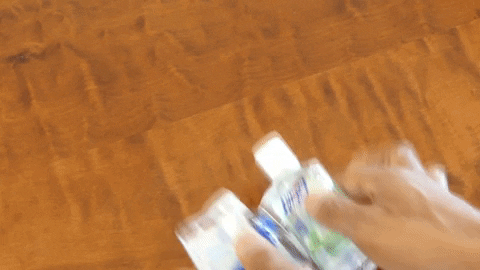
3. Sulphates
Common cleaning agents sulphates are often found in cleansers, shampoos, conditioners, soaps, shower gels. It is actually what causes products to foam, latter and bubble. An aggressive and harsh substance can dry out the skin, stripping it of its natural oils. While they do clean the skin, they are known to trigger irritation or allergic reactions. If not washed off properly its residue can leave your skin dehydrated and reduce the levels of ceramide in your skin. When reading the label lookout for terms like Sodium Lauryl Sulfate (SLS) & Sodium Laureth Sulfate (SLES).
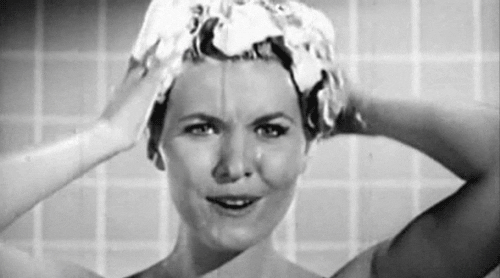
4. Formaldehyde
Popular in hair straightening products and other cosmetics this is one you should definitely avoid. Don’t forget the skin on your scalp is equally as sensitive and usually, our hair products tend to come into contact with our face whether it’s a shower or during application. Potentially irritating fumes are carcinogenic that is also linked to asthma, neurotoxicity, and developmental toxicity.

5. Petroleum Derivatives
These derivatives include mineral oil, paraffin oil, petrolatum, and liquid paraffin including PEGs (Polyethylene glycol). Often found in face creams, body lotions, massage oils, and shower gels or other emollient like products. Its job is to form an oily layer on top of the skin to trap water to make the skin feel softer. However, it only ends up clogging pores and prevent the skin from breathing which can cause a whole bucketload of skin issues like acne. On top of that, it can even cause premature ageing if you’re not careful.

6. Phthalates
These chemicals are used to increase the flexibility and strength of plastics, and not often listed among the ingredients on products. Phthalates are used in cosmetics primarily in fragrances, and can also be found in other personal care products like nail polishes and hair sprays. While you might find them being used less often these days you still need to be careful as they are potential carcinogens and endocrine disruptors. Watch out for acronyms like DBP, DEHP, DEP and others on the product labels.

7. Synthetic Fragrance
Most of us often consider the smell of a product when deciding on a product to purchase. We’re all suckers for a good scent that makes you feel nice, but anything synthetic or artificial should always raise a red flag. Purely chemically produced fragrance compositions are made up of hundreds to thousands of different ingredients not listed on the label, so you are never sure what you are actually being exposed to.
These have been proven to cause allergic reactions on the skin, along with headaches, rashes and pigmentation. Unfortunately, because there is no regulation to make it mandatory to list all components, you need to be extra careful picking up these products. Even if you aren’t allergic, more often than not they do more harm than good to the deeper layers of your precious skin.

8. Artificial Dyes
You might already know that dye is used for just thinking about the food, drugs and makeup pigments you use. Another super common ingredient found in all kinds of beauty products from head to toe. However, as mentioned before, the fact is that there are risks associated with synthetic or artificial additives for the skin.
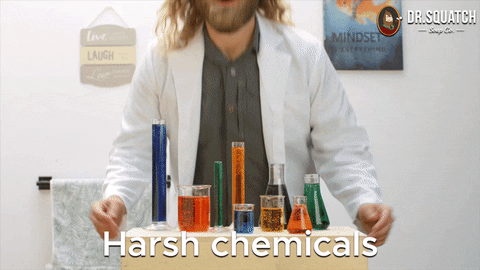
Join Malini’s Girl Tribe to be a part of the conversation.

